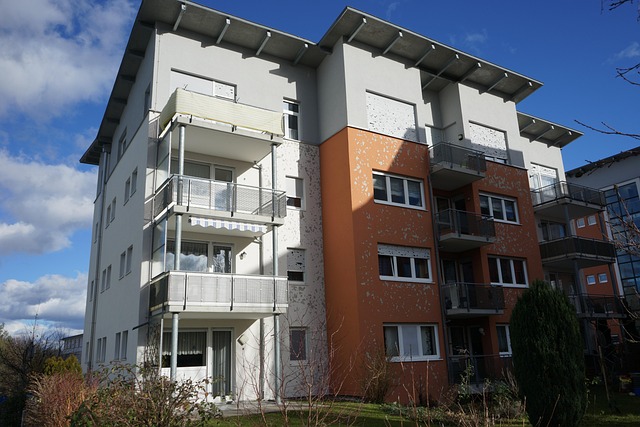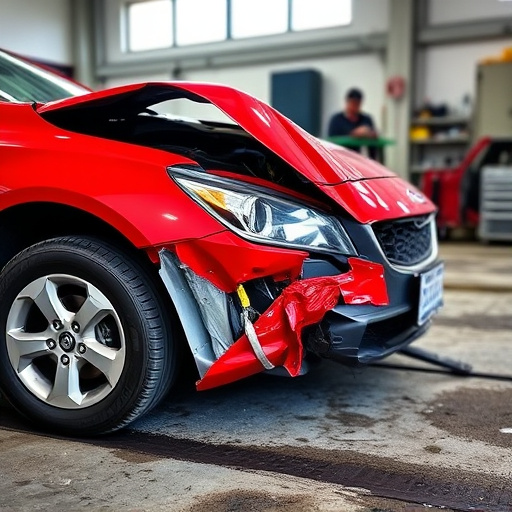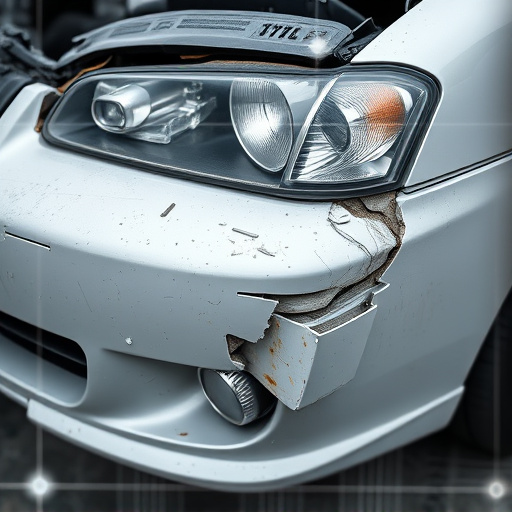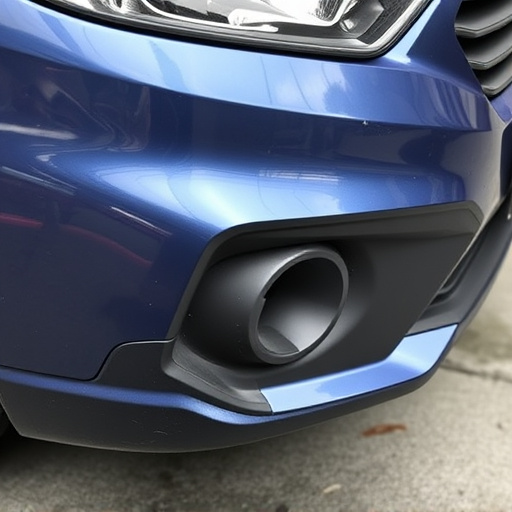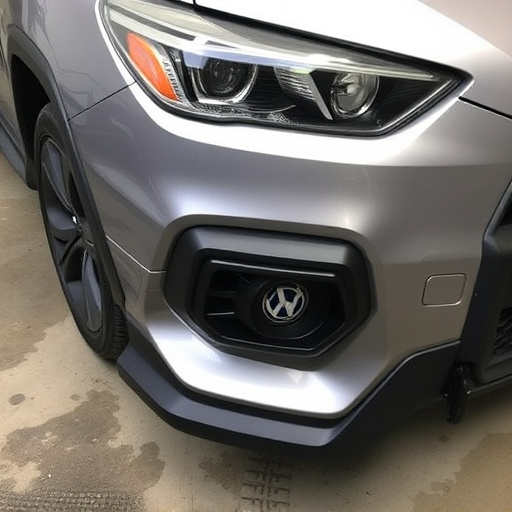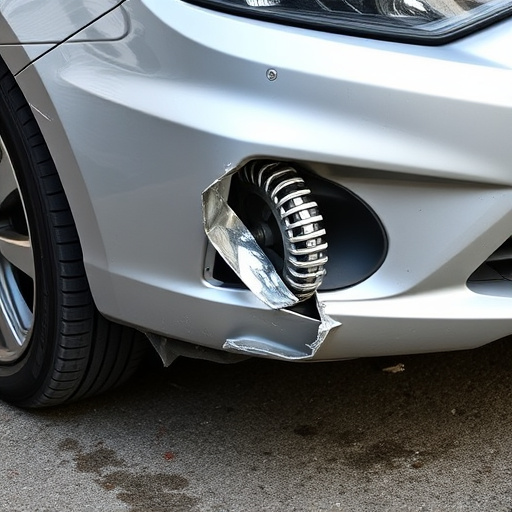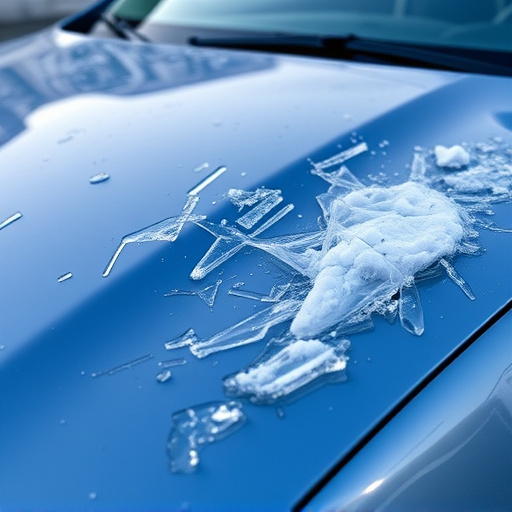Tesla's Direct Repair Program (DRP) collaborates with insurance providers and authorized facilities to offer efficient, high-quality vehicle repairs meeting OEM standards. Insurers adjust strategies by reevaluating partnerships, updating policies, and embracing digital transformation for streamlined claims processing and cost reduction. While the DRP ensures genuine Tesla parts and peace of mind, complex repairs may be more expensive and involve longer wait times due to high demand.
“In today’s rapidly evolving automotive landscape, understanding how insurance companies interact with Tesla’s Direct Repair Program (DRP) is crucial. This article explores the adaptive strategies of insurers navigating Tesla’s DRP, a game-changer in vehicle repair and ownership. We delve into the benefits and challenges for policyholders, shedding light on how these programs can streamline repairs while presenting unique considerations. By examining these aspects, we aim to provide insights into the future of insurance claims management within the electric vehicle revolution.”
- Understanding Tesla's Direct Repair Program
- Insurance Companies and Their Adaptation Process
- Benefits and Challenges for Policyholders
Understanding Tesla's Direct Repair Program
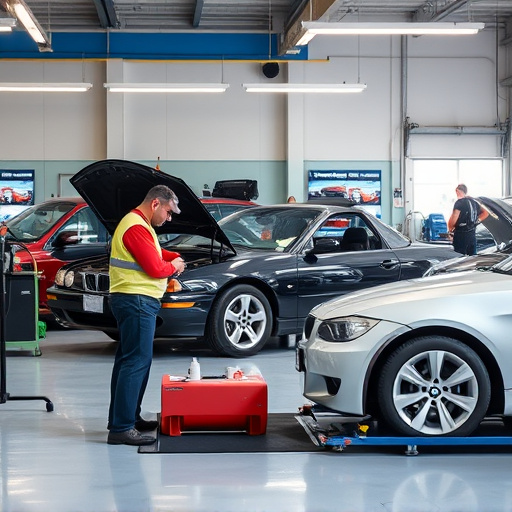
The Tesla Direct Repair Program (DRP) is a comprehensive network designed to streamline and optimize vehicle repairs for Tesla owners. This program facilitates direct communication between insurance companies, authorized repair facilities, and Tesla’s own service centers, ensuring that the repair process is efficient and aligned with the company’s high-quality standards. By participating in the DRP, insurance providers can offer their policyholders convenient and cost-effective repair options, even for complex cases like vehicle bodywork damage from a fender bender or dent removal.
The DRP leverages Tesla’s advanced technology to provide accurate diagnostics and precise repairs. This includes access to specialized tools and training programs that ensure authorized repair facilities are up-to-date with the latest in automotive technology. As a result, policyholders can trust that their vehicles will be repaired to original equipment manufacturer (OEM) standards, maintaining the vehicle’s performance, safety, and aesthetics, whether it’s from minor dents or significant bodywork damage.
Insurance Companies and Their Adaptation Process

Insurance companies are navigating a new landscape with the advent of Tesla’s Direct Repair Program (DRP). Traditionally, they’ve relied on a network of independent repair shops for vehicle damage assessments and repairs. However, as Tesla continues to disrupt the automotive industry with its innovative direct-to-consumer approach, insurers are adapting their strategies to keep pace. This shift involves reevaluating partnerships, updating policies, and learning to work seamlessly with Tesla’s integrated network of certified repair centers, which offer specialized services like advanced paintless dent repair for minor cosmetic damages.
The adaptation process requires insurance companies to embrace digital transformation in claims processing and communication. They’re implementing new technologies and systems to streamline repairs, reduce costs, and enhance customer satisfaction. By embracing these changes, insurers can effectively manage risks associated with Tesla DRP while also capitalizing on the program’s benefits, such as faster turnaround times for car dent repair and improved access to high-quality paintless dent repair services, ultimately leading to better overall service experiences for policyholders.
Benefits and Challenges for Policyholders
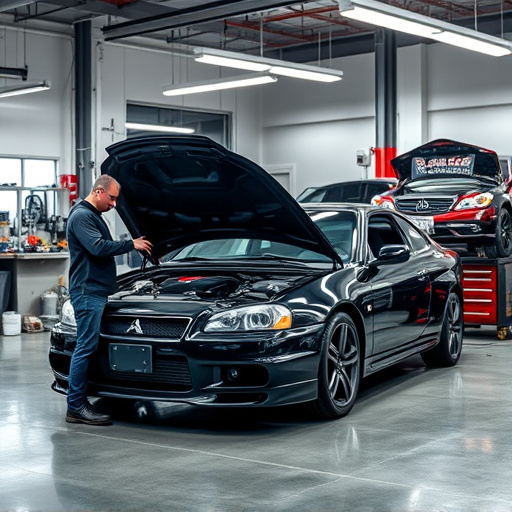
The Tesla Direct Repair Program (DRP) offers several benefits for policyholders. One significant advantage is the streamlined process it provides for handling luxury vehicle repairs, including auto glass repair. By partnering directly with Tesla, insured individuals can expect faster and more efficient service without the need to navigate through a network of unaffiliated mechanics. This ensures that their vehicles are repaired using genuine Tesla parts, maintaining the car’s original quality and performance.
However, policyholders also face some challenges. The DRP may not always be the most cost-effective option, especially for complex or specialized repairs. Additionally, while the program facilitates repairs, it can sometimes result in longer wait times due to high demand. Nevertheless, being part of the Tesla DRP gives owners peace of mind, knowing their vehicles are in capable hands and that they’re receiving top-tier vehicle repair services tailored to their Tesla’s unique requirements.
The integration of Tesla’s Direct Repair Program (DRP) has reshaped the way insurance companies approach vehicle repairs, particularly for Tesla owners. This program offers a streamlined process, ensuring that insured vehicles are repaired using original equipment manufacturer (OEM) parts and certified technicians. While it provides numerous benefits to policyholders in terms of convenience, cost savings, and warranty coverage, there are challenges for insurance providers to navigate, such as negotiating rates with Tesla’s preferred repair network. As the DRP continues to evolve, insurers must adapt their processes, leveraging technology and data analytics to enhance claim handling efficiency and create a seamless experience for Tesla owners.


